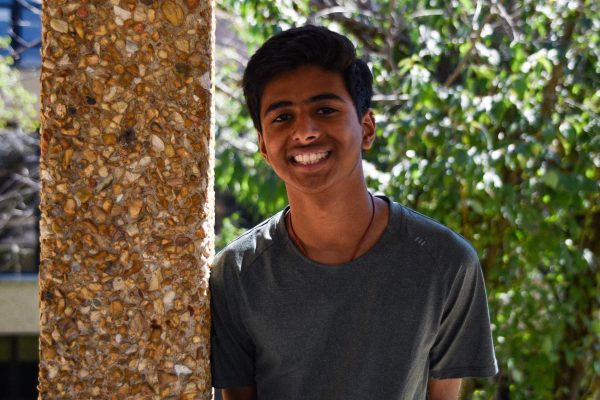For junior David Hawiger, summer was not just relaxing and travel but also time to answer his question: Is a medical career for me?
Hawiger pursued an internship opportunity at the St. Louis University School of Medicine which included two weeks of laboratory research and one week shadowing an internal medicine physician at the hospital. He spent the first two weeks at the Pharmacology and Physiology lab directed by professor Daniela Salvemini. Research at the lab focused on a translational bench-to-bedside approach toward discovering novel analgesics through rodent antibodies and receptors. Postdoctoral Associate Research Professor Timothy Doyle mentored and worked with Hawiger in the lab.
“It was amazing to see lab research translate quickly to produce more meaningful and applicable results that directly benefit human health — in this case, pain relief for patients suffering from chronic pain,” Hawiger said.
Hawiger performed Polymerase Chain Reaction (PCR) assays and Western Blot tests to find out how much protein was in a sample collected from genetically cloned mice injected with specific chemicals. The research focused on imaging and studying a protein called G-Protein Coupled Receptor (GPCRs), along with its ligand CARTp, to see what happened to the proteins and what types of proteins bring about specific changes concerning pain.
“Researching which specific protein molecule would pair up with the GPCR to promote a certain action such as lowering pain, upping your pain tolerance and several other results would give us insights into better management of chronic pain,” Hawiger said. “It is striking to see how powerful lab research is in providing new and better solutions to our problems.”
Though the terminology and concepts were new, Hawiger felt comfortable with the research work and the science because he connected his new learning to his prior knowledge of cells, proteins and receptors from school courses.
“[Biology teacher Sally] Steininger helped build the fundamentals for this experience. Studying biology opened my eyes to multiple mechanisms that simultaneously occur in our body every second, and it got me interested. Although there are no prerequisites, I would recommend people to take Honors Biology and Chemistry if they are interested in doing something like this [medical internship],” Hawiger said.
After two weeks of research, Hawiger shadowed professor Chad Miller with the Department of Internal Medicine at St. Louis University Hospital. During his weeks of shadowing, he followed the medical team that took care of patients on the medical floor and had the opportunity to round on the patients every day.
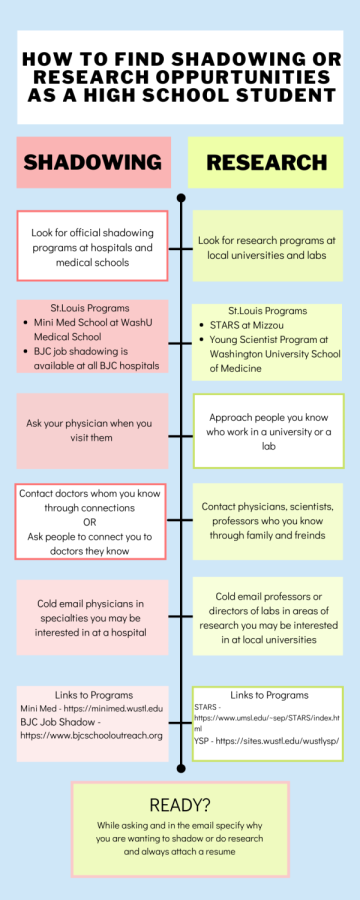
“Shadowing was cool because you see real patients,” Hawiger said. “We are used to seeing doctors in their offices, but I learned
that their role continues beyond the clinic when one falls severely ill and needs to be admitted to the hospital.”
The medical team at the hospital included medical students, residents, fellows and the attending or the professor. Medical students and residents carried their patients. During rounds, they would present information about their patients to the professor.
“They would present the patient’s current problems, past medical history, what they think the diagnosis is and what they want to do next, like do a test or give a specific medication. There were a lot of back-and-forth discussions, and the professor gave his opinion. The next day you follow up on the tests and how the treatment went,” Hawiger said. “Figuring out what the disease was felt like solving an intellectual puzzle, which all of them seem to enjoy.”
According to Hawiger, doctors continue to read journals and keep themselves updated. Additionally, as physicians, they took care of issues beyond medical care.
“Interestingly, patient care sometimes addressed issues like patients wanting more food, issues with caregivers, planning for discharge and discussing with family members. [Doctors] seem to wear several hats to care for one’s health. Despite their busy schedule, they were welcoming of my questions and always took time to answer them. Although it felt like [the shadowing] was over too fast, it was pretty fun,” Hawiger said. “The rich human interaction and helping people feel better is a fulfilling experience.”
It took Hawiger several months to get this research opportunity. When Hawiger recognized his interest in the medical field, he decided that it would be best if he got to learn more about how the field works in person.
“It was not easy; there was a lot of back-and-forths emailing and waiting. There’s no set way to do it. You have to be around, talk to people and email a lot. I feel it’s just knowing people, getting those connections and letting them know of your interests.”
Hawiger said.
Since the program was during summer, Hawiger did not have to focus on school or sports in addition to the program.
“Summer is the best time to pursue such opportunities. Getting a first-hand look at any field you are interested in is the way to go instead of relying on what we hear from others. Get connections, and talk to people. The more people you talk to, the bigger the connections you have, and you open more opportunities for yourself,” Hawiger said. “[The program] helped me; I wasn’t split anymore on what I wanted to do. Being a doctor, it’s pretty cool. Seeing patients in the hospital get better was inspiring, and then seeing lab research eventually help people was amazing. It was beyond fun.”


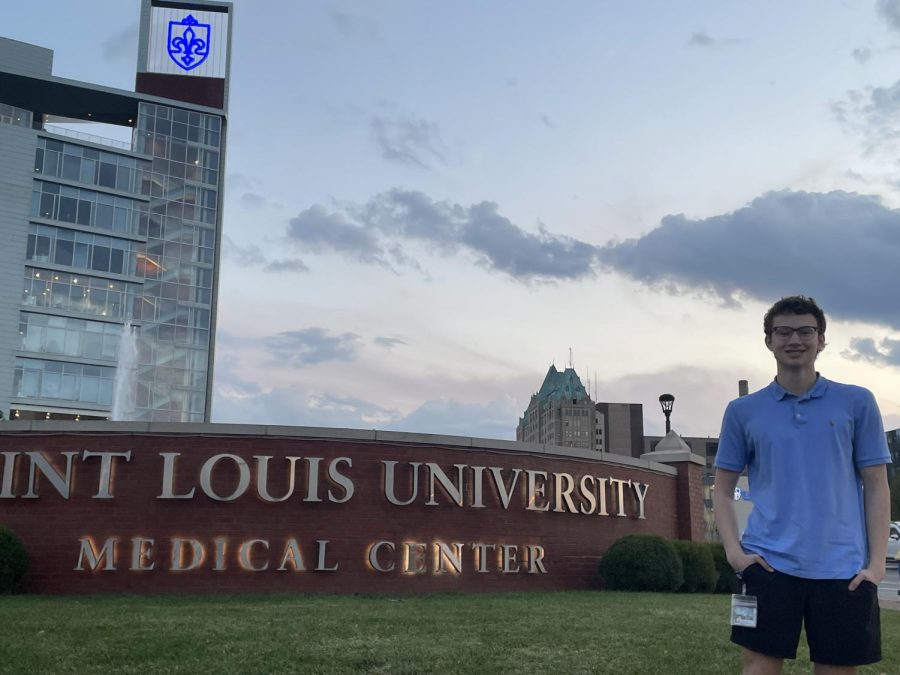

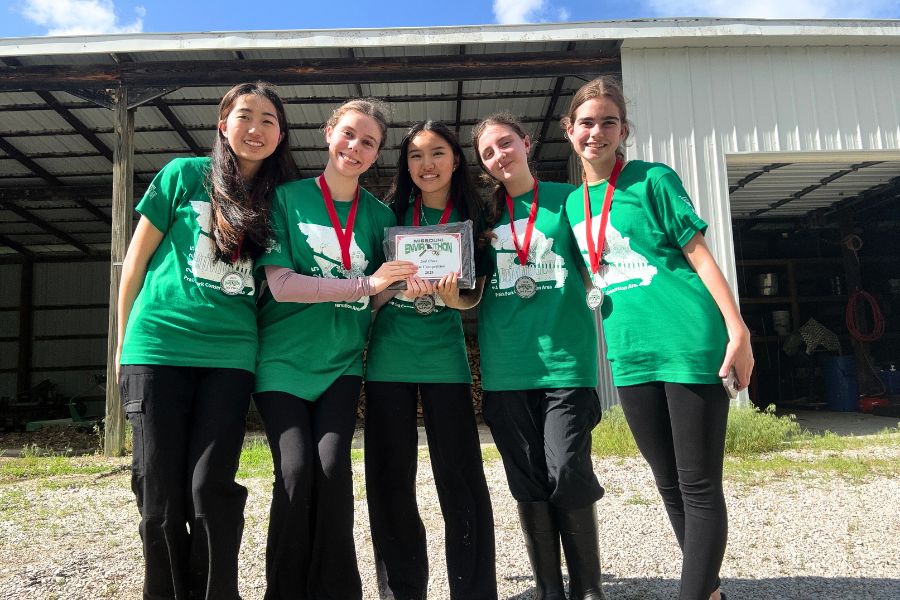
![Senior Adam Zerega stands with senior Dexter Brooks by farm equipment. Zerega often worked with friends and family on his farm. “I've been able to go to my family's farm since I was born. I [spend] at least three weekends a month [on the farm], so I'm there all the time,” Zerega said.](https://pwestpathfinder.com/wp-content/uploads/2025/04/IMG_4872-1200x900.jpg)
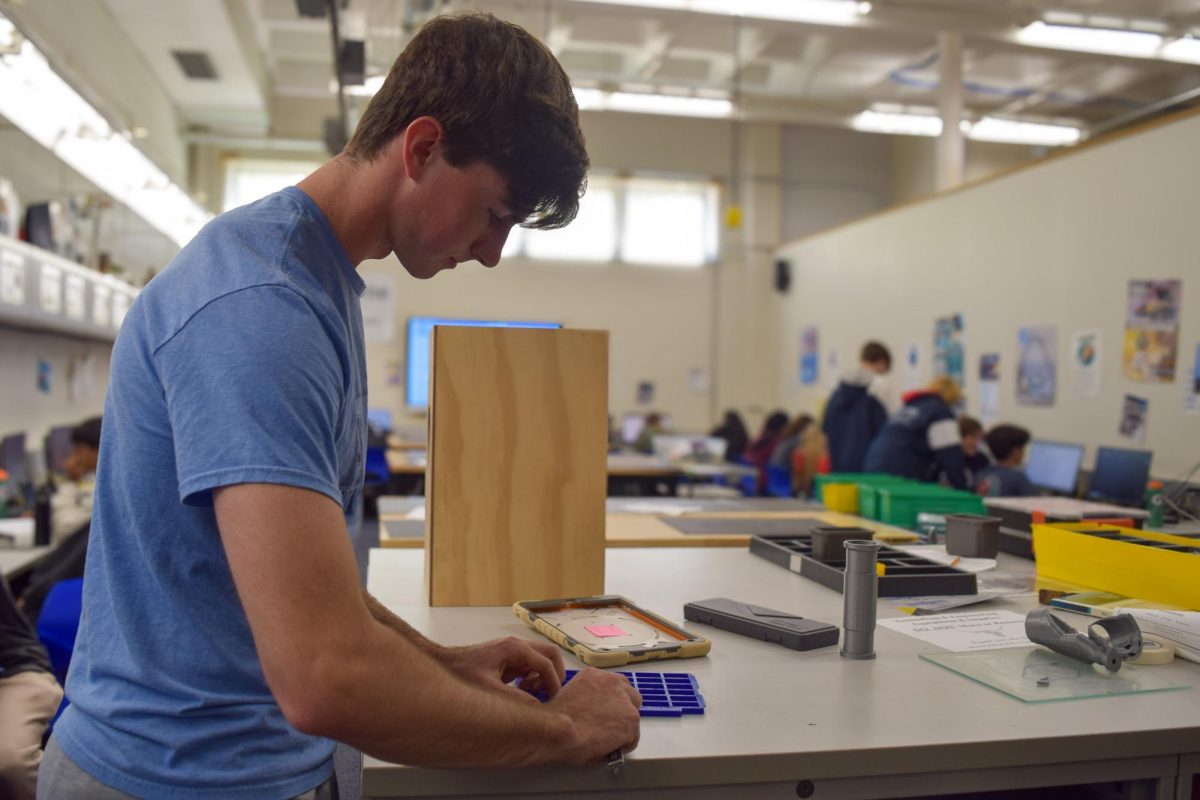
![Phage grown by senior Rio Naghibi Harat sit in petri dishes. Through Webster University, Naghibi Harat was given the opportunity to develop phage as a potential remedy for tuberculosis. “Phage are everywhere. I got mine from a soil sample. I'm not kidding; I picked [it] up from dirt. They're harmless, unless you code them to do something, and they can evolve. Virus antibiotics can't. They're one solid molecule. A strain of this bacteria [can evolve] that is resistant to [a] particular drug, [but] phage will evolve with the bacteria. They can see the changes, and they can be the change,” Naghibi Harat said.](https://pwestpathfinder.com/wp-content/uploads/2025/04/Flag-2.png)
![Hosting a meeting for Women’s History Month, co-president Bethany Liao converses with club members of Women in Healthcare. The event fostered discussions about women in medicine and included a third year medical student from Bosnia as a guest speaker. “Creating this club has been a net positive experience for everyone. After we present [or a guest speaker], we [also] usually have snacks for everyone and it gives people an opportunity to generally talk or discuss,” Liao said.](https://pwestpathfinder.com/wp-content/uploads/2025/04/DSC0032-1-1200x800.jpg)
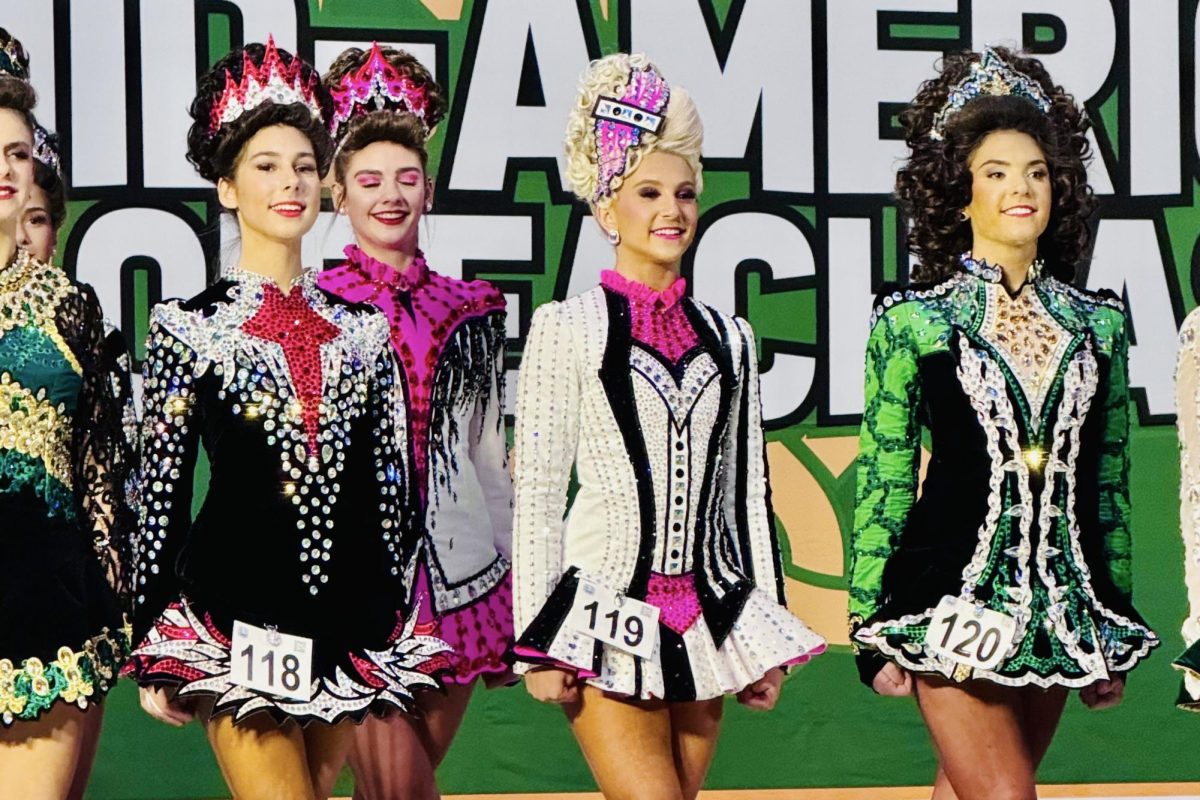
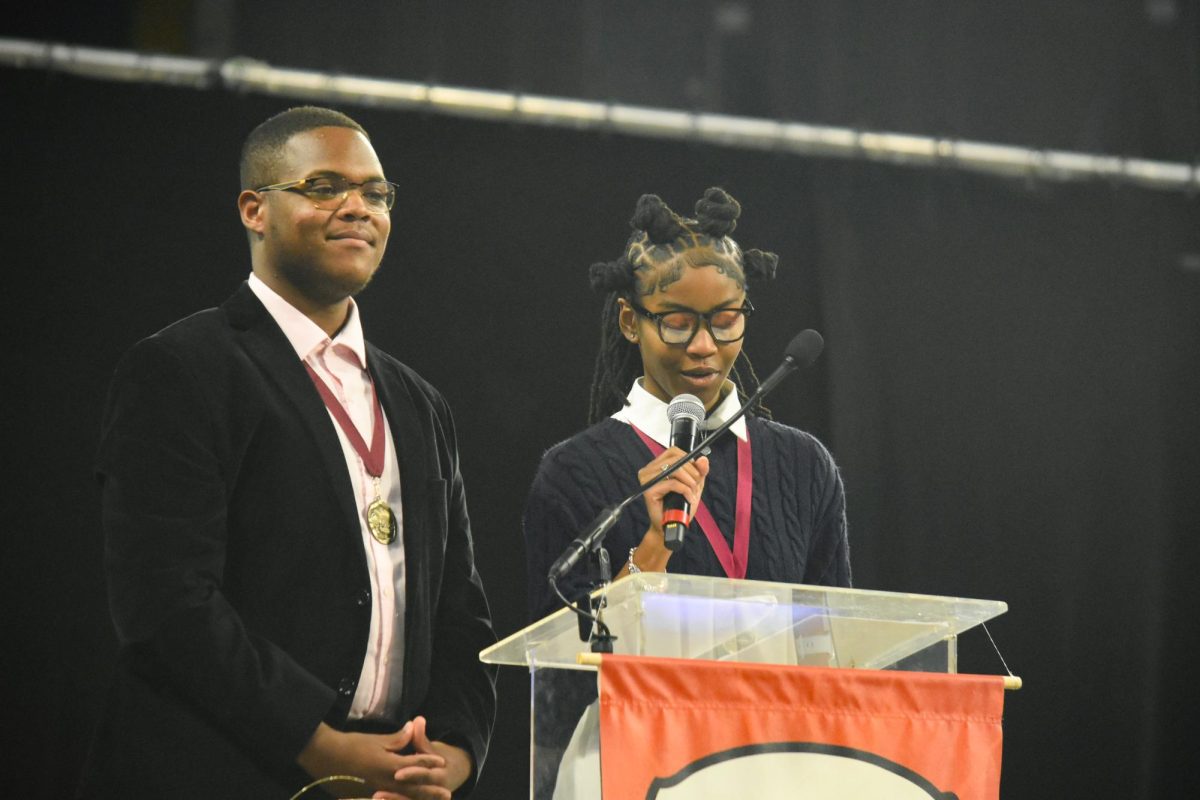
![Scrolling on eBay, sophomore Ryder Williams searches the app for different shoe styles. Williams credits the impact his completion of business and finance courses have had to gain his financial success, as well as his Personal Finance teacher, Andy Croley. “Croley helped me a lot in getting to know more about profit and where to put the money. [He] also [taught me] how to store my money, ways to invest it [and] that I should always have emergency funds,” Williams said.](https://pwestpathfinder.com/wp-content/uploads/2025/02/ryder-fea-3-1200x800.jpg)


![Alongside club sponsors Andrea Horn and Tim Burkard, assistant principal Kate Piffel prompts a discussion at the first Black Student Union (BSU) meeting. She accepted suggestions for BSU from members like BSU Leader and junior Tanatswa Zirengani, who moved from Zimbabwe in 2021. “Moving here and transitioning into a new school [and] lifestyle, [BSU] became [a place] where I could be myself and talk about issues that I felt comfortable talking about back home. BSU [also] gave me the opportunity to venture into the post-high-school experience, telling me [some] things to expect,” Zirengani said.](https://pwestpathfinder.com/wp-content/uploads/2024/12/DSC_0120-1-1200x800.jpg)
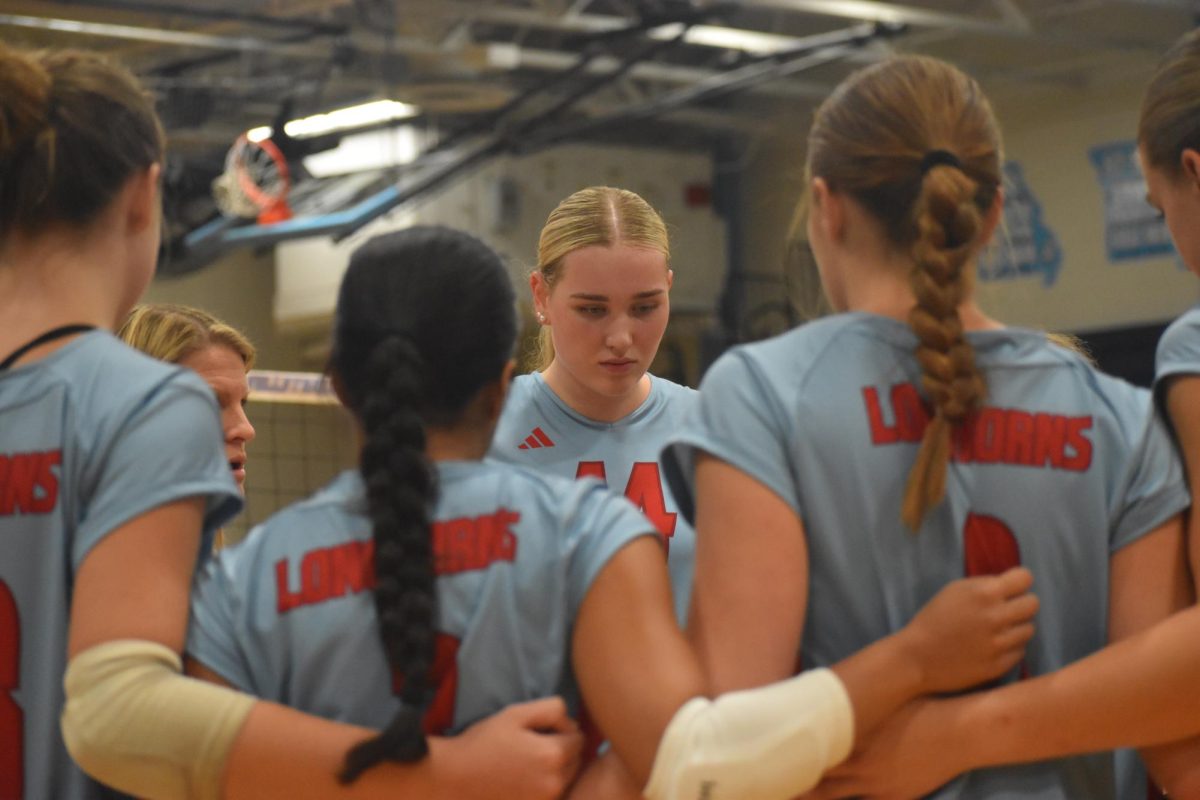
![Junior TJ Polack plays his saxophone solo at halftime for the 2024 marching band show, ‘Coloring Book.’ This year, Polack was one of two soloists in the marching band. “[Polack] is very hard on himself. [His saxophone solo] sounds amazing [and] everyone [cheers] for him; [still], somehow, he thinks it’s a bad performance and he's down. What he does is not easy. It takes a lot of confidence as a person [and] a lot of musical skill to be expressive, and he's doing an amazing job,” drum major and senior Dominic Perez said. (Courtesy of Christina Block)](https://pwestpathfinder.com/wp-content/uploads/2024/11/462488499_2973926416100522_5057718068659607183_n-1200x925.jpg)

![Sophomore Isaiah Meese smiles after his Eagle Scout Ceremony. Meese has participated in the scouting program since first grade, learning new aspects of life and growing a community of a second family. “I almost didn’t do [boy scouting], but I'm glad I eventually did start doing it. I regret that I wasn't [working towards Eagle Scout during COVID]. It might not always seem like the most rewarding thing, but if you put your time into it, there's a good chance you'll get quite a lot out of it: friends, new activities and hobbies, or just more experience,” Meese said.](https://pwestpathfinder.com/wp-content/uploads/2024/10/IMG_1004-1200x800.jpg)
![Standing in front of the American Sign Language program’s mural, junior Brooke Hoenecke signs with freshman Darren Young. Hoenecke began cadet teaching for ASL this year alongside working towards earning her seal of biliteracy. “I was in ASL class when I received the email [that I qualified for the seal]. I was jumping up and down with my teacher and the rest of the class. One of the reasons why I took cadet teaching this year was so that I could prepare for the Seal of Biliteracy and be immersed in ASL,” Hoenecke said.](https://pwestpathfinder.com/wp-content/uploads/2024/05/hoenecke.jpeg)
![Walking onto the field, freshman Erastus Adewusi wears a pink jersey in remembrance of cancer awareness month. With the number seven on his jersey, Adewusi reflects on his life in Nigeria before moving to America. “I [used to wake up] at 5:30 a.m. and school would end at 5 p.m. [versus] now,” Adewusi said.](https://pwestpathfinder.com/wp-content/uploads/2024/05/DSC_0029-1200x800.jpg)
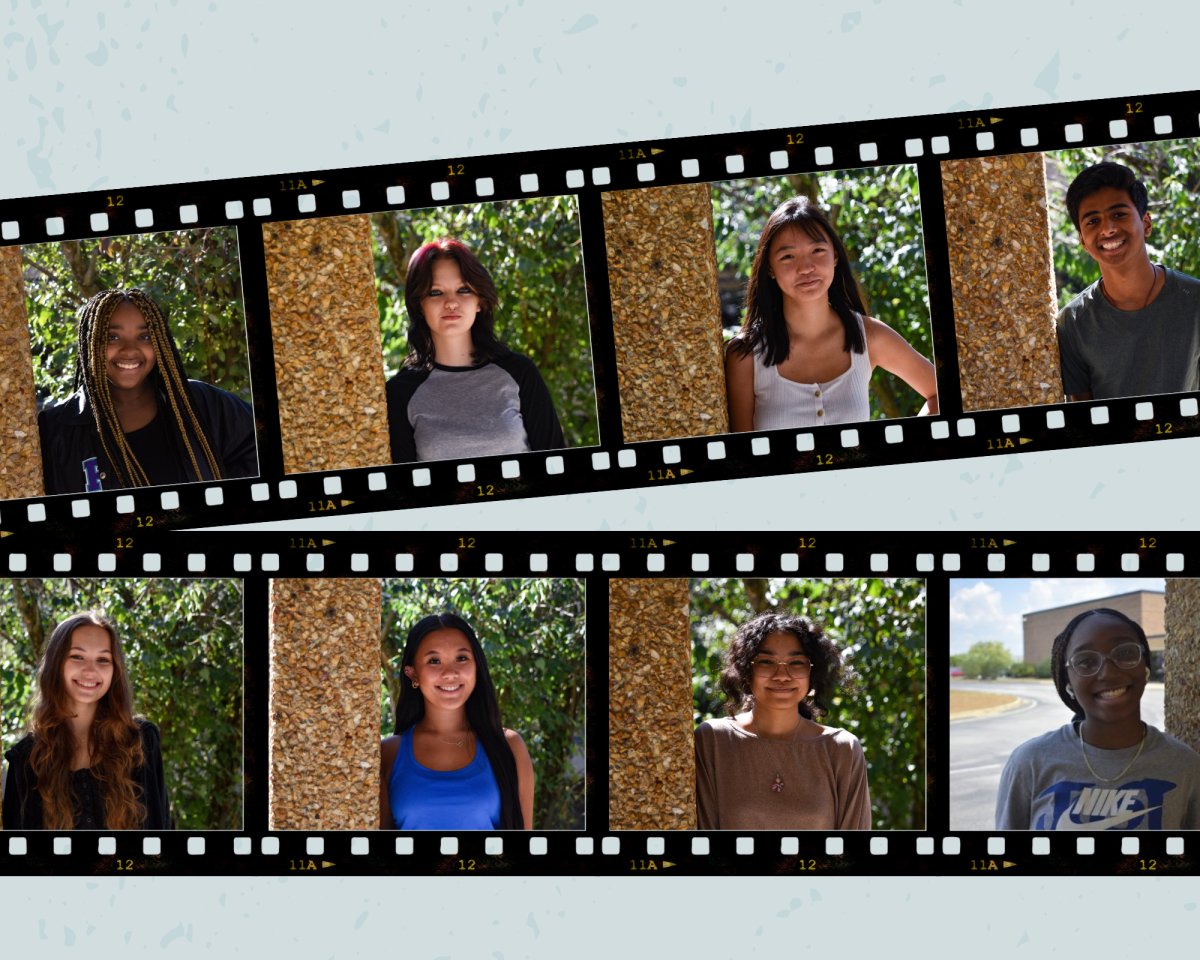
![Envisioning a cathedral in his mind, senior Soren Frederick puts pencil to paper and practices a rough sketch in the drawing room. Frederick grew up surrounded by a family of artists who helped him realize his passion for drawing and painting as he matured. “My family [is] very much [an inspiration] for drawing and painting. [Art] didn’t start [in the family] with me; it started with my mom and my older sister, and my older brother is very good at drawing [too],” Frederick said.](https://pwestpathfinder.com/wp-content/uploads/2024/05/DSC_0017-1200x800.jpg)
